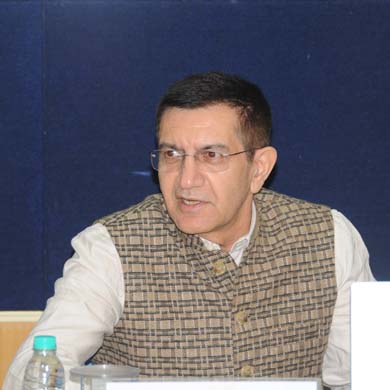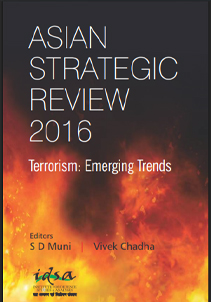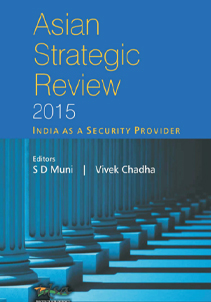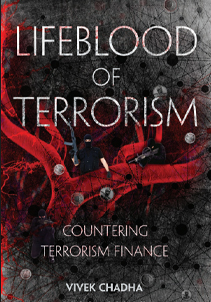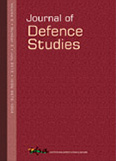Army respects human rights: Sacrifice of soldiers in Pampore encounter
On February 20, 2016, a Central Reserve Police Force convoy was ambushed at Pampore, just a few kilometres away from the heart of Srinagar town. The terrorists, after achieving initial success, moved into the Entrepreneurship Development Institute(EDI), in the near vicinity of the ambush site. At that time, there were a number of employees and students in the building. Thereafter began a prolonged operation that has continued since over the weekend, leading to the loss of invaluable lives of soldiers.
Amongst those martyred in the encounter are three paratroopers who belong to some of the finest special forces battalions of the Indian Army. It would seem an anomaly at first to hear of such a high casualty figure, especially since the terrorists had sought refuge in a building and had no where to escape thereafter. However, a more deliberate assessment of the situation provides an answer to the harsh reality of everyday operations conducted by the army in these areas.
The presence of civilian population in any operation makes its conduct that much more complex and difficult to handle. The possibility of losing innocent lives in crossfire or worse as a result of people being used as human shields cannot be ruled out under such circumstances.
Second, purely from an operational perspective, it limits the options available to the army to take out terrorists who seek refuge in such buildings. This is especially so when the buildings provide limited avenues of ingress and egress and further do not facilitate a top-down entry from the roof. This was exactly the case with the building in question which has a sloping tin roof and multiple rooms which can be used by terrorists to fire at incoming soldiers. This implies clearing each floor and room physically, more often than not without the knowledge of the exact location of terrorists as also the possibility of presence of civilians.
Third, the easiest solution to neutralising the terrorists is to bring down a building or a house. In this case as well, this could well have been possible. However, over a period of time, the army has deliberately take the precaution of minimising collateral damage during operations, even at the cost of casualty to its troops.
Fourth, the operation was conspicuous by the absence of heavy calibre weapons. This is unlike similar operations that have been conducted in Pakistan, Afghanistan and Iraq, where, artillery, drone based precision missiles and rockets were used with impunity. The Indian Army's refusal to do so is again a part of its counterinsurgency ethos of minimum force and strict rules of engagement.
Fifth, the martyrdom of two officers in the operation yet again reinforces the time honoured tradition of the army, which was witnessed during the Kargil conflict as well. It is the officer class and especially the young officers who lead from the front and lead by example. This is one reason why the army continues to remain the bastion of reliability and faith that the nation reposes in it.
It is important to relate this incident to the human rights record of the army, which often gets questioned in Jammu and Kashmir(J&K). This incident clearly reflects the values, procedures and abundant caution that is taken by the army doing the conduct of operations. This is not to say that mistakes have not happened or some personnel have not been culpable of deliberate crimes. In fact, it needs to be reinforced that in approximately 25 years of counter terrorism operations in J&K, 1121 allegations have been received from various sources, including human rights organisations.
Of these the police found it fit to file a first investigation report (FIR) only in 350 cases and the army found prima facie evidence in 72 cases and initiated disciplinary proceedings. This led to conviction of 150 personnel, including 51 officers, 18 JCOs and 81 other ranks. This resulted in punishments varying from dismissal from service to imprisonment in civil jail. In addition, the army also took sou moto cognisance of offences in approximately 100 other cases, without any complaints having been filed.
This further led to the punishment of 52 army personnel. Interestingly, if an assessment of all the cases filed with the police were contrasted with those specifically related to the army, it emerges that at over 150 police stations in J&K, a mere 0.01 per cent relate to human rights violations against the army. This clearly highlights the contrived propaganda that tends to dominate the debate on this issue. It prefers to sideline countless incidents like the one at Pampore, that better reflect the reality of counter terrorism actions in the state.
The contention of some human rights groups like Amnesty International, that "In general, victims of human rights abuses in the state have been unable to secure justice, regardless of whether the perpetrator is a state or non-state actor" is divorced from reality. If these figures are inadequate to reinforce the army's respect for human rights, then the conduct of operation at Pampore, will clearly illustrate the cost of adherence to these values that the army pays on a daily basis in the pursuit of its responsibility.
This article was originally published in Daily O


